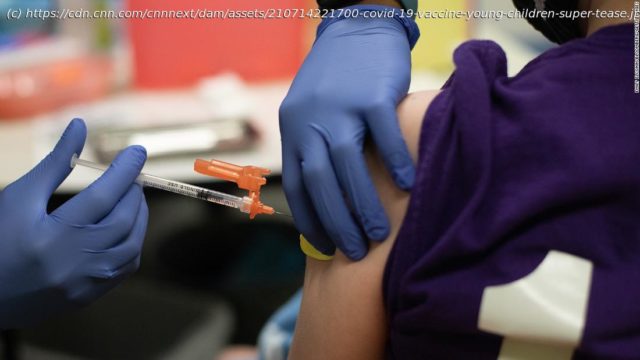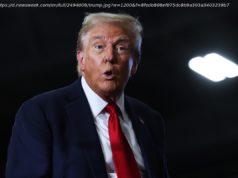Americans 12 and older can get a Covid-19 vaccine, but investigators are still studying how they will work in younger children. Younger people may need different doses or a different number of them. «Children are not just little adults,» one doctor said.
With many schools across the United States are now just weeks from reopening for the fall semester, pharmaceutical companies Pfizer and Moderna are still doing clinical trials to see how coronavirus vaccines work in children under 12, if they’re safe and what the right dose should be. Meanwhile, all but four states are seeing an increasing trend in cases, with doctors describing patients who are younger and sicker than what they saw in the winter. The surge in cases has many parents of children under 12 asking when will their little and not-so-little ones can get the vaccine. The answer is that it’s going to be months, if not longer. It’s not as simple as administering available adult doses to younger people. «I understand parents’ concern in wanting their children to get vaccinated, but we have to make sure we’re doing the best and safest thing for children,» Dr. Chip Walter, a pediatrician at Duke University and an investigator for the Pfizer trials, said. When we might be able to vaccinate children under 12 Pfizer’s vaccine study is enrolling more than 4,600 children in three age groups: 5-to-11-year-olds; 2-to-5-year-olds; and babies 6 months up to age 2. Data for children 5 to 11 could come sometime in September and depending on the findings, the company told CNN it could ask the US Food and Drug Administration to authorize emergency use of the vaccine that same month. Data for 2-to-5-year-olds could arrive soon after. For the youngest children, Pfizer said it could potentially get data in October or November, and shortly thereafter ask the FDA to authorize emergency use. Emergency use considerations by the FDA can take several weeks, meaning a vaccine for younger children likely won’t be available until late fall or even next year. Moderna’s vaccine study is enrolling about 6,700 children ages 6 months to 11 years. It declined to provide a timeline to CNN on when it could potentially have trial data results. «The companies have said the fall… I’d be surprised if they can move that quickly, although I suppose it’s possible,» Dr. Peter Hotez, a vaccinologist and dean of the National School of Tropical Medicine at Baylor College of Medicine, said. «I can’t imagine that we’d be in a position to even consider how to use these vaccines until the very end of the calendar year of 2021, going into the first quarter of 2022,» said Dr. Buddy Creech, a pediatric infectious disease specialist at Vanderbilt University and one of the lead investigators for Moderna’s pediatric Covid-19 vaccine. «I love that we’re riding the success of how quickly we were able to get a vaccine for adults, but we’ve just got to be patient.» ‘Children are not just little adults’ A year and a half into the pandemic, parents might wonder why isn’t there a vaccine for younger children yet. After all, some young kids are just as big as older children for whom the vaccine is authorized. «Boy, have I had this discussion with several parents,» said Dr. William Schaffner, a professor in the Division of Infectious Diseases at Vanderbilt University and a vaccine adviser to the US Centers for Disease Control and Prevention. «It doesn’t have anything to do with size. It has everything to do with maturity of the immune system, and that doesn’t correlate one-to-one with the size of the child.» Young children may need different doses. They may need a different number of doses. They may not need as many doses. «We don’t know for young kids,» Creech said. «Children are not just little adults.» And children aren’t all the same, either. «What you may see in a child that’s six months of age may differ from what you see in a child that’s 3 years of age versus a child who’s 8 years of age, or versus an adolescent who’s 13 or 14.






